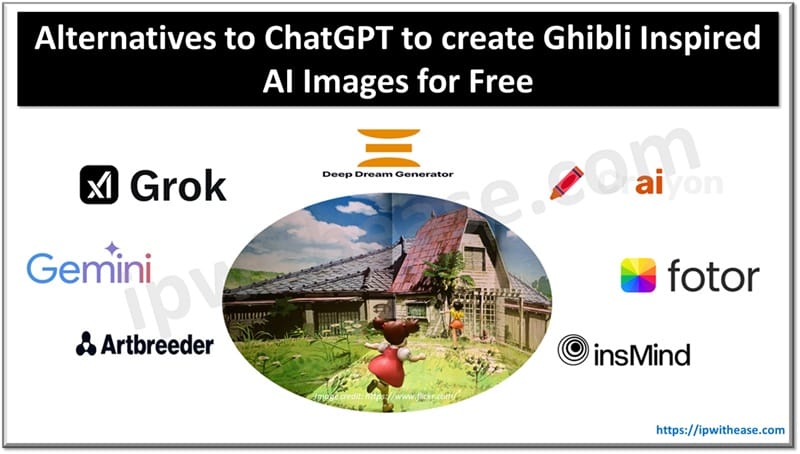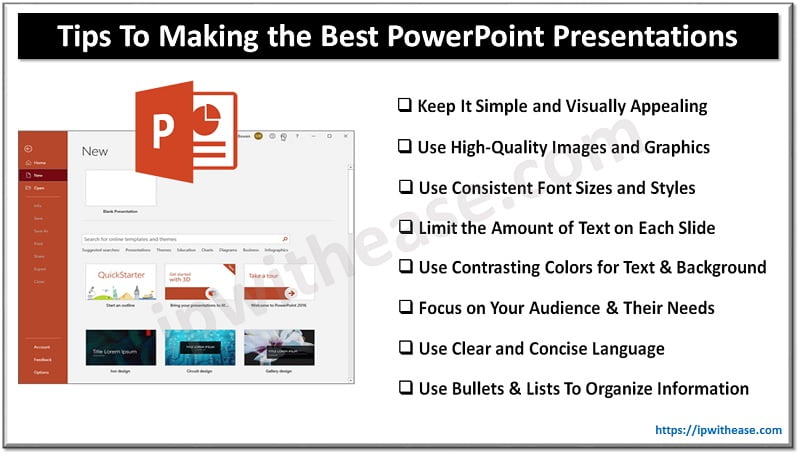Non-Fungible Tokens (NFTs) are unique digital items that can be bought and sold. They have gained popularity among collectors and crypto investors as they are a new way to own digital content that is scarce and one-of-a-kind. This article aims to provide a comprehensive guide to NFTs, including how to create and earn from them, and the risks involved.
What are NFTs?
NFT stands for Non-Fungible Token, and they are digital items that have unique value and cannot be replaced. Unlike fungible assets, such as cash, NFTs cannot be exchanged for something of equal value. Copies of an NFT can be made, but the original owner holds the authentic item. NFTs can represent almost anything, including digital art, tweets, and virtual real estate.
The Market
NFTs have become popular among collectors and crypto investors as a new way to own and trade unique digital content. Buying and selling NFTs is relatively simple. NFTs are purchased and then resold to collectors or investors who are looking for unique items to add to their collection or diversify their crypto assets. Please keep in mind that investing in NFTs can be pretty risky business – market fluctuations can be super unpredictable.
Making Money
To earn from NFTs, the process involves buying an NFT and reselling it to collectors or investors. Before you invest, make sure to take into account that NFTs are unique and often only available in limited series. Investing in NFTs is considered a high-risk investment as market fluctuations are difficult to predict, and the crypto industry is still relatively new and not well understood. It is important to consider the risks before investing in NFTs and seek advice on investment portfolios and choosing a safe and reliable trading platform.
Creating an NFT
Creating an NFT requires unique content and technical considerations such as obtaining a digital wallet, acquiring Ethereum, and registering on a marketplace. Any unique digital content can be used to create an NFT, such as a video, image, or collectible item. To create an NFT, one must follow the key steps below:
- In order to create an NFT, one needs unique content such as digital art, music, videos, 3D models, or other digital assets that can be tokenized.
- A digital wallet that supports the Ethereum blockchain, which is the most commonly used blockchain for NFTs, is needed to create an NFT. If you’re looking for some digital wallets to check out, some popular ones are MetaMask, Trust Wallet, and MyEtherWallet.
- One needs to have Ethereum to pay for the transaction fees on the Ethereum blockchain. These fees, known as gas fees, are used to process the transaction and mint the NFT.
- One needs to register on a marketplace that supports NFT creation and sales, such as OpenSea, Rarible, and SuperRare. These platforms allow one to upload and mint an NFT, set a price, and sell it to buyers.
- Once registered on a marketplace, one can mint the NFT by uploading the unique content and setting a price. Once you’re done with the artwork, the marketplace will mint the NFT and give it a special token ID.
- When minted, one can share the NFT on social media, a website, or any other platform. The NFT can also be listed for sale on the marketplace where it was minted and wait for buyers to purchase it.
Risks to Consider While Investing in NFTs
Investing in NFTs is a high-risk endeavor, as market fluctuations are complicated. Figuring out the value of an NFT can be tough – it all depends on how rare and unique it is. That’s why it can be hard to predict the potential return on investment.
Well, the market for NFTs isn’t exactly booming at the moment. It can be tough to find buyers or get the price you’re hoping for. Plus, the technology behind NFTs – blockchain – is still pretty new, so there’s a risk it might not take off as much as everyone’s hoping. Just something to keep in mind if you’re thinking about getting into the NFT game.
It’s important to note that many regulators around the world are still figuring out how to handle NFTs, and regulations could be put in place that could negatively impact the market for NFTs.
As such, it’s important to consider these risks before investing in NFTs and to seek advice from experts to help guide investment decisions. It’s also crucial to choose a safe and reliable trading platform, one that has a good reputation and has been around for a while.
Earning from NFTs: How It Works
Making money from NFTs is relatively simple, as it involves buying an NFT and reselling it to collectors who are always looking for unique items to add to their collection and crypto investors who are looking for ways to diversify their portfolio. When buying NFTs, it’s important to consider the limited series of tokens, the uniqueness of the NFTs, and that one will automatically get a certificate of authenticity for the NFT purchased. The risks of investing in NFTs are relatively high as market fluctuations are difficult to predict.
A New Era for Digital Asset Ownership
The rise of NFTs represents exciting and essential progress for digital asset ownership. It’s a new era for creators, buyers, and investors alike as this technology opens doors that were previously closed to many. The potential applications of NFTs are unlimited, and as the technology develops, it could lead to a host of innovations ranging from unique gaming experiences to decentralized finance.
The growth of NFTs is starting to go beyond just a buzzword and might be here to stay. We must keep an open mind as we explore the possibilities of NFTs and give creators the tools they need to thrive. A new era in digital ownership is undoubtedly upon us, and it’s our duty to foster it.
Continue Reading:
What Is Privacy Enhancing Technology? And How It Protects Your Data
Hash Functions and What they Offer for Security in Cryptography
ABOUT THE AUTHOR
IPwithease is aimed at sharing knowledge across varied domains like Network, Security, Virtualization, Software, Wireless, etc.



